Increased Demand for IoT Devices
The pervasive computing technology market in Canada is experiencing a notable surge in demand for Internet of Things (IoT) devices. This trend is driven by the growing need for interconnected systems across various sectors, including healthcare, transportation, and manufacturing. As of 2025, the IoT market in Canada is projected to reach approximately $20 billion, reflecting a compound annual growth rate (CAGR) of around 15%. This increase is largely attributed to the integration of smart devices that enhance operational efficiency and data collection. Consequently, businesses are increasingly investing in IoT solutions, which in turn propels the growth of the pervasive computing-technology market. The proliferation of smart sensors and devices is expected to further facilitate seamless communication and data exchange, thereby transforming traditional business models.
Government Initiatives and Funding
Government initiatives play a crucial role in shaping the pervasive computing-technology market in Canada. Various federal and provincial programs are designed to promote research and development in advanced technologies, including pervasive computing. For instance, the Canadian government has allocated over $1 billion in funding to support innovation in technology sectors, which includes smart technologies. This financial backing encourages startups and established companies to explore new applications of pervasive computing, thereby fostering a vibrant ecosystem. Additionally, public-private partnerships are emerging, aimed at enhancing infrastructure and technology adoption. Such initiatives not only stimulate economic growth but also position Canada as a leader in the pervasive computing-technology market, attracting international investments and talent.
Rising Consumer Awareness and Adoption
Consumer awareness regarding the benefits of pervasive computing technologies is on the rise in Canada. As individuals become more informed about the advantages of smart technologies, such as improved convenience and efficiency, the adoption rates are expected to increase significantly. Surveys indicate that approximately 60% of Canadians are now familiar with smart home devices, which is a substantial increase from previous years. This growing acceptance is likely to drive demand for innovative solutions within the pervasive computing-technology market. Furthermore, as consumers seek enhanced experiences through automation and connectivity, businesses are compelled to adapt their offerings. This shift not only influences product development but also encourages companies to invest in research and innovation, thereby contributing to the overall growth of the market.
Advancements in Artificial Intelligence
The integration of artificial intelligence (AI) into pervasive computing technologies is transforming the landscape of the market in Canada. AI enhances the capabilities of smart devices, enabling them to learn from user behavior and make autonomous decisions. This advancement is particularly evident in sectors such as healthcare, where AI-driven applications are improving patient monitoring and diagnostics. The AI market in Canada is projected to reach $16 billion by 2025, indicating a robust growth trajectory. As AI technologies become more sophisticated, they are likely to drive further innovation within the pervasive computing-technology market. Companies that leverage AI are expected to gain a competitive edge, as they can offer more personalized and efficient solutions to consumers, thereby expanding their market share.
Focus on Sustainability and Energy Efficiency
Sustainability is becoming a pivotal concern within the pervasive computing-technology market in Canada. As environmental awareness grows, both consumers and businesses are increasingly prioritizing energy-efficient solutions. The Canadian government has set ambitious targets to reduce greenhouse gas emissions, which has led to a surge in demand for smart technologies that promote sustainability. For instance, smart grids and energy management systems are gaining traction, as they enable more efficient energy consumption. The market for energy-efficient technologies is expected to grow by approximately 25% over the next five years. This focus on sustainability not only aligns with consumer values but also encourages innovation within the pervasive computing-technology market, as companies strive to develop solutions that meet these evolving demands.


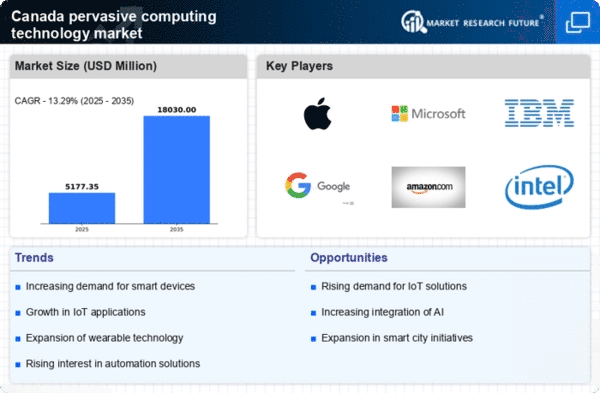
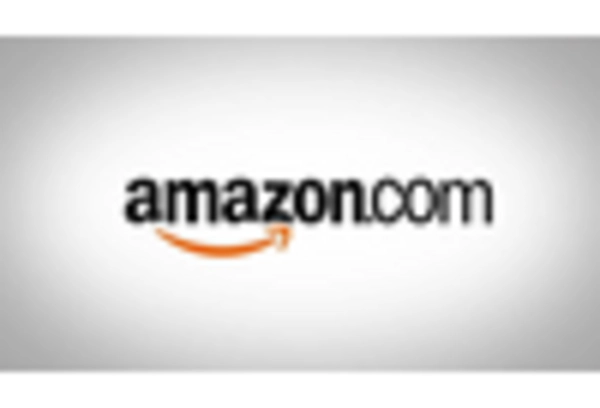


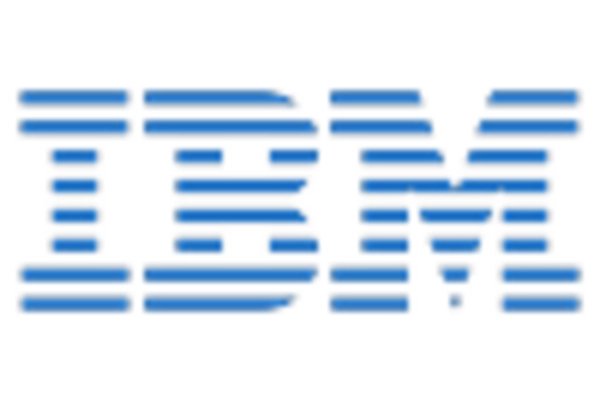
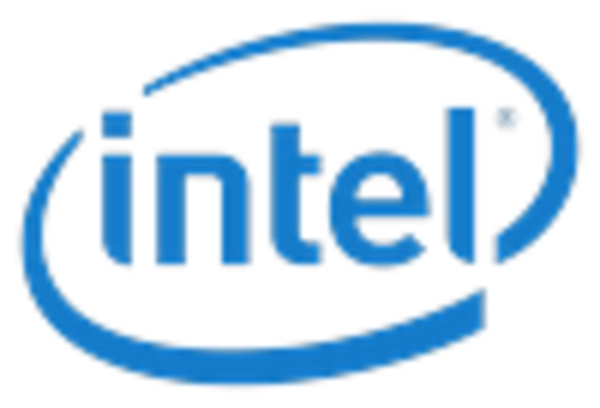
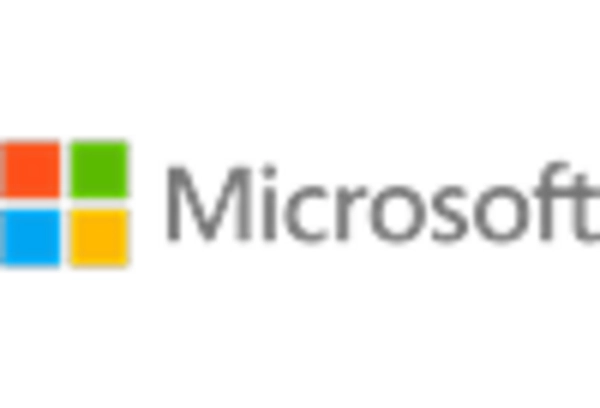








Leave a Comment